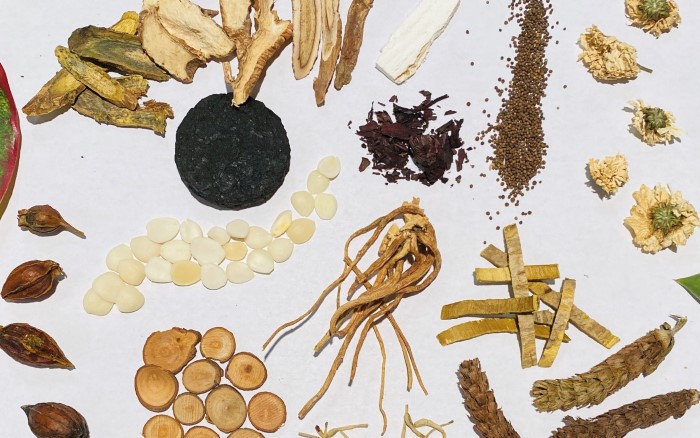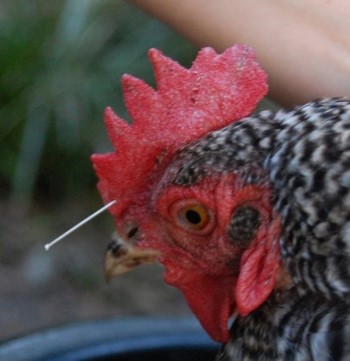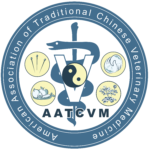Traditional Chinese veterinary medicine (TCVM) is an ancient form of medicine that has evolved over the past 3,000 years. It encompasses a variety of treatment modalities, including acupuncture, Chinese herbal medicine, Tui-na, and food therapy. Browse through the articles (linked below) or use the search bar to find articles that might help your pet lead a happier and healthier life!









